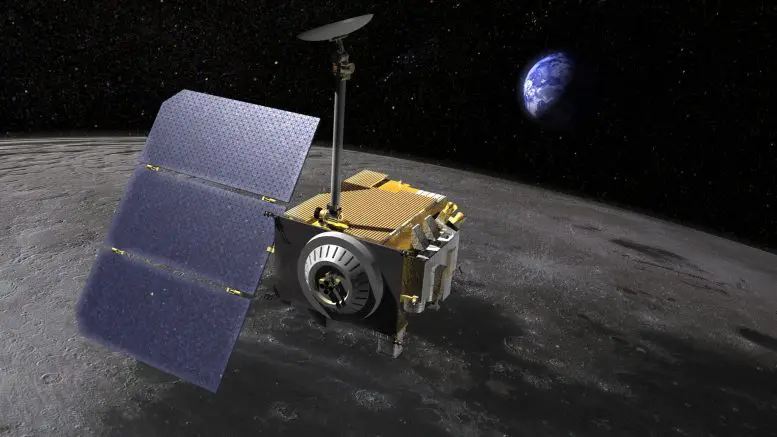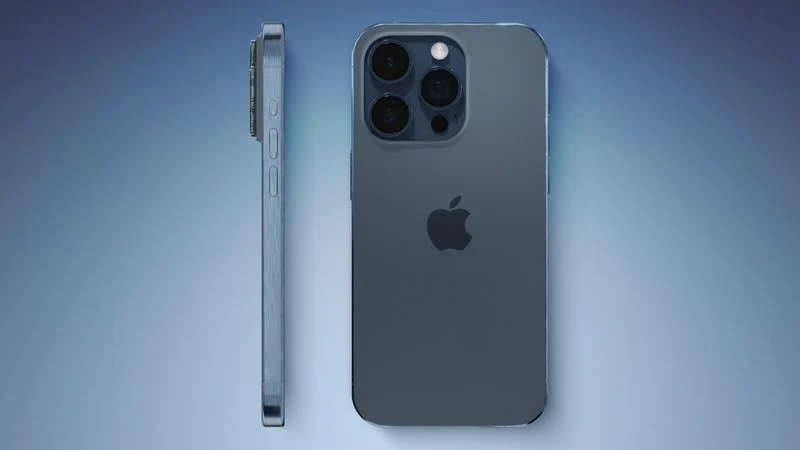For the Artemis II mission in 2024, astronauts prepare using data from NASA’s 14-year-old Lunar Reconnaissance Orbiter, which provides well-informed exploration of the moon.
When astronauts embark on a journey around the Moon in 2024 with NASA’s Artemis II mission, they will be armed with information on highlights on the moon collected during one of the Agency’s first robotic missions to our nearest space neighbor. NASA’s Lunar Reconnaissance Orbiter (LRO), launched in 2009, has brought back a treasure trove of scientific data during its fourteen years of operation, but its benefits don’t end there. It’s not surprising that this mission with “exploration” in its name was designed from the ground up with the idea of assisting the crew in spaceflight.
Astronaut training with LRO data
As astronauts prepare to return to the moon for the first time since 1972, they are trained to use data collected by the LRO to help identify landmarks, geological features and mark areas of interest for future landings. This training included scientific visualization combined with LRO data to highlight features they would see from orbit.
This feature has been included in the LRO mission since its inception, according to Kelsey Young of NASA’s Goddard Space Flight Center in Greenbelt, Maryland. “This mission was initially funded and equipped to meet not only the goals of the Science Mission Directorate, but also the goals of the manned spaceflight program,” said Young, scientific flight director for future Artemis missions. “The tools were chosen in part because they were used for both science and research.”
Value of LRO in lunar exploration
To that end, the four astronauts selected for the next trip to the moon took a one-week classroom course that taught them how to spot the moon’s landmarks from orbit. The classroom included LRO data, which was used to provide visual aids to the lessons the astronauts were studying. At the end of their lectures, the astronauts were tasked with identifying areas of interest for potential landings based on orbital images.
Also read – New giant planet shows evidence of possible planetary collisions
This type of training is critical not only for Artemis II, but also for any subsequent trips to the Moon as part of the Artemis program. As Ernie Wright of Goddard Science Imaging Studio points out, LRO has provided us with the best global map of the shape of any planetary body in the Solar System. This also applies to Earth, where oceans and polar ice caps prevent such high-resolution mapping of rocky surfaces beneath.
“With the Moon, we can do all this anywhere in the world, and one of the reasons we started LRO was to find a place that might be interesting to send the astronauts to,” says Wright, who worked with LRO data throughout the research. mission life.
Human insight and robotic data
Jacob Richardson, a scientist from Goddard’s planetary science group, who also participated in the Artemis II astronaut training program, noted that the human eye and human mind can notice things and make inferences within fractions of a second, even better than the most advanced robotic probe. .
Richardson says that in a classroom course for Artemis II astronauts, almost an hour went by without using data and images from the LRO. “One of the things we did was show them examples of scientifically interesting features they could see from orbit,” he says. That way, as astronauts pass by the Moon next year, they’ll be prepared to see where these objects are in relation to each other and learn how to look for objects that might be of interest to future lunar lander astronauts. missions.
He points out that even on later Apollo missions, our knowledge of the properties of the lunar surface was limited due to the technology available at the time. “We’ve been incredibly successful with Apollo when we went to the moon, especially on an early space mission,” he says. “But we did this with very limited knowledge of what the surface actually looks like. We thought even Apollo 16 landed in lava flows, but that didn’t happen.”
Fourteen-odd years of images and data collected by LRO ensure that astronauts returning to the Moon are fully prepared for a successful reconnaissance and exploration mission as part of NASA’s ongoing mission to explore Earth’s nearest neighbor. Source
Also read – SpaceX launches 22 Starlink satellites into orbit













